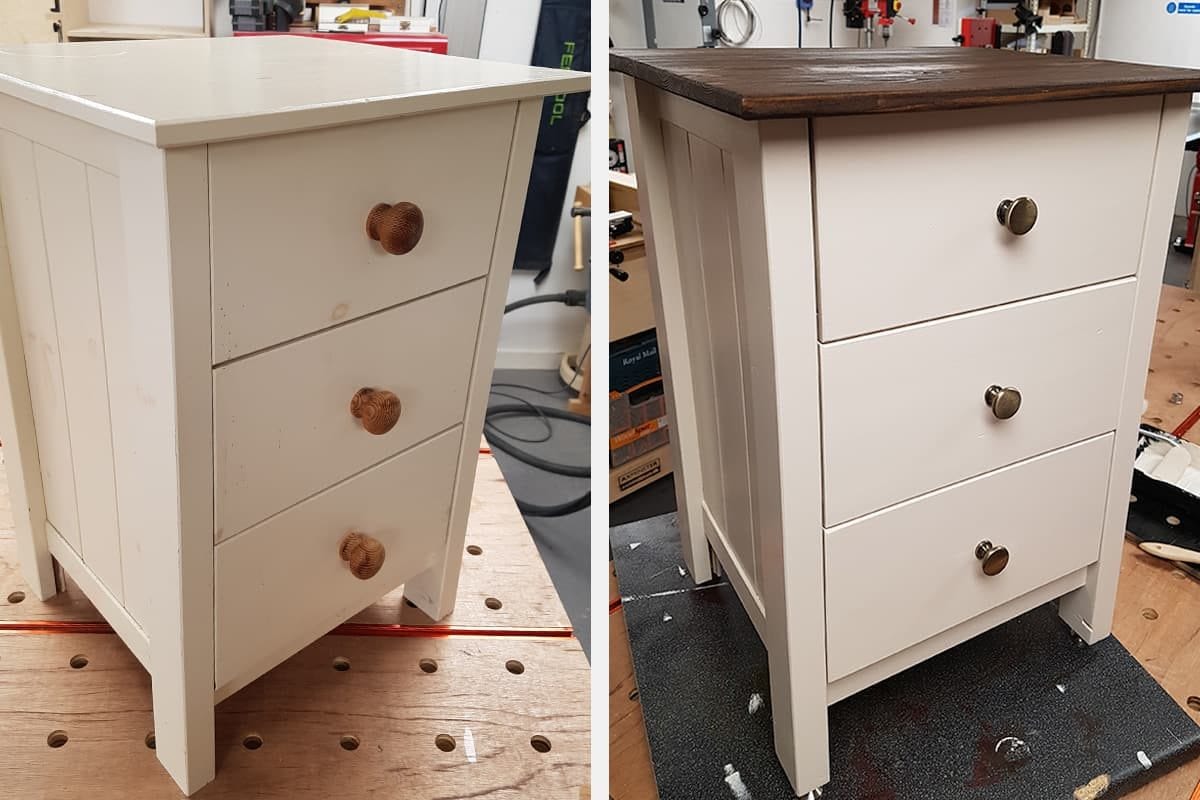In recent years, the trend of DIY furniture refurbishing has taken center stage, transforming not only individual pieces but entire living spaces. More than just a hobby, refurbishing furniture offers an opportunity to personalize your surroundings while being budget-friendly and environmentally conscious. This article will explore the numerous benefits of DIY refurbishing, essential tools, step-by-step processes, creative ideas for various furniture types, inspiration from successful makeovers, and tips for overcoming common challenges.
The Benefits of DIY Furniture Refurbishing
Engaging in DIY furniture refurbishing can lead to significant cost savings. When you consider the price of new furniture, which often comes with a hefty price tag, refurbishing old or thrifted pieces becomes an appealing alternative. With a little creativity and effort, you can breathe new life into worn-out furniture at a fraction of the cost of purchasing new items.
Beyond the financial advantages, DIY refurbishing allows for a high degree of personalization. Every home tells a story, and your furniture should reflect your unique taste and lifestyle. Whether you want a vintage chic aesthetic or a modern minimalist vibe, refurbishing gives you the freedom to customize each piece to fit your vision. This process becomes even more rewarding when you consider how you can tailor your furniture to meet specific needs, such as modifying a couch to make it more suitable for households with pets. Using stylish couch covers for dogs can protect your furniture while adding an extra layer of personalization.
Sustainability is another compelling reason to consider DIY refurbishing. In a world where consumerism often leads to waste, refurbishing furniture promotes eco-friendly practices. Rather than discarding old furniture, giving it a new lease on life contributes to reducing landfill waste and supports a more sustainable lifestyle. This commitment to sustainability resonates deeply with many people today, who are increasingly aware of the environmental impact of their choices.
Essential Tools and Materials for Refurbishing
Having the right tools and materials on hand is crucial before embarking on a furniture refurbishing project. Basic tools such as screwdrivers, sanders, and brushes will form the backbone of your toolkit. These items will enable you to dismantle, smooth, and paint your furniture effectively. Additionally, investing in safety gear, like gloves and masks, ensures that you can work safely and comfortably throughout the process.
In terms of materials, the options can vary widely depending on the project. When it comes to paint, choosing the right type is essential for achieving the desired finish. Chalk paint is popular for its matte finish and ease of use, while oil-based paints provide durability and a glossy look. If you plan to reupholster a piece, selecting high-quality upholstery fabric will ensure that your final product not only looks good but also lasts for years. Understanding these tools and materials is the first step in setting yourself up for success.
Step-by-Step Refurbishing Process
Choosing the right piece of furniture to refurbish can set the tone for your project. Look for items that have good structural integrity but may need a visual update. An old wooden chair or a vintage dresser can be perfect candidates for a makeover.
Preparation is key before diving into the refurbishment process. Start by cleaning the furniture thoroughly to remove dirt and grease. Assess any damages, such as scratches or wobbly legs, and repair them as needed. This might involve sanding down rough spots or reinforcing joints to ensure the furniture is stable and ready for its new look.
Once your furniture is prepped, you can begin the refurbishing techniques that suit your vision. For painting, consider techniques like distressing for a vintage feel or color blocking for a modern twist. Using a brush or spray paint can yield different effects, so choose the method that aligns with your desired outcome. Finishing touches, such as sealing or waxing, will protect your work and enhance the final appearance.
Creative Ideas for Different Furniture Types
Refurbishing different types of furniture opens up a realm of creative possibilities. For tables and desks, consider incorporating unique painting techniques that allow you to express your style. A classic farmhouse table can become a focal point with a fresh coat of paint and stenciled designs. Meanwhile, desks can be enhanced by adding organizational elements like built-in drawers or decorative boxes that blend functionality with aesthetics.
Chairs and sofas also offer exciting opportunities for transformation. Upholstery trends are ever-changing, with patterns ranging from floral to geometric. Choosing vibrant fabrics can make a statement, while neutral colors provide versatility. Whether you’re revitalizing a beloved family heirloom or a second-hand find, the right fabric can breathe new life into these essential pieces.
Dressers and cabinets can be reimagined into stylish storage solutions. Adding mirrors or decorative trim can provide elegance while incorporating clever organizational systems makes them functional. Outdoor furniture, too, deserves attention. Weatherproofing techniques will ensure that your refurbished pieces can withstand the elements while enhancing your outdoor space’s aesthetic.
Conclusion
The magic of furniture makeovers lies in their ability to transform not just individual pieces but entire living spaces. With DIY refurbishing, you have the opportunity to create a personalized environment that resonates with your style while saving money and promoting sustainability. By arming yourself with the right tools, techniques, and inspiration, you can embark on a rewarding journey that allows your creativity to shine.

